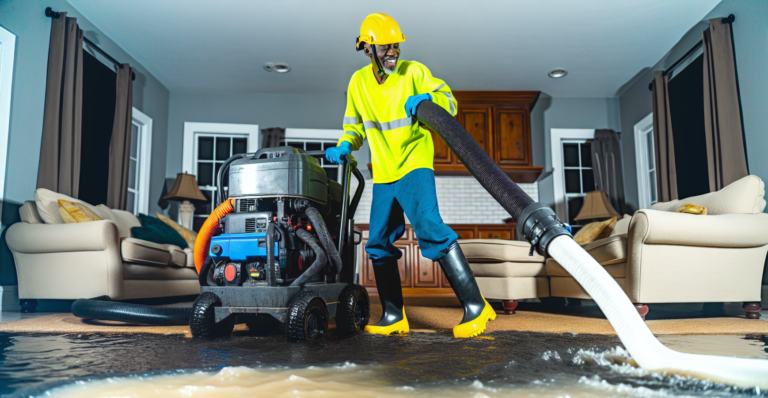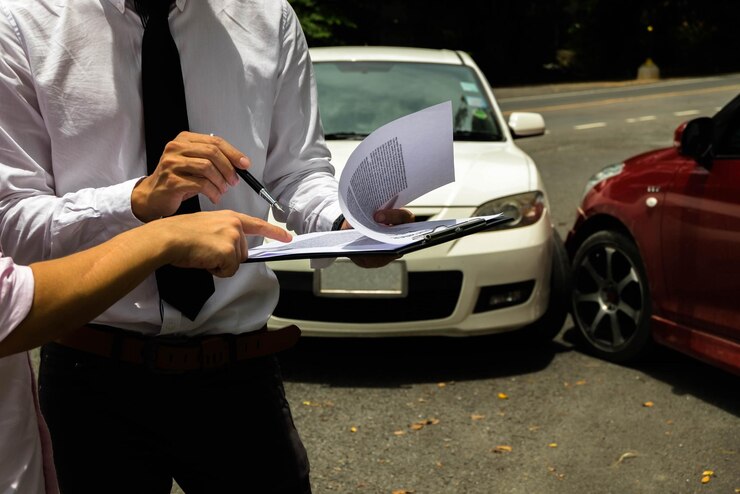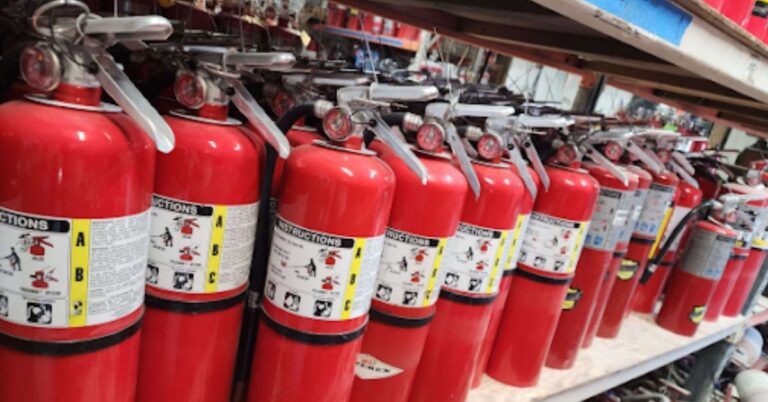Guide to Water Restoration in Plano: What You Need to Know
Water damage can strike unexpectedly, causing significant disruption to your life and property. In Plano, where both residential and commercial properties are susceptible to various forms of water damage, knowing how to address the issue promptly and effectively is crucial. This comprehensive guide to water restoration Plano will help you understand the process, identify common causes of water damage, and find the right professionals to restore your property to its original state.
Understanding Water Damage
What Is Water Damage?
Water damage refers to any harm caused to your property by water infiltration, which can lead to structural and aesthetic damage. It often results from leaks, floods, or other sources of excessive moisture. Water damage can affect walls, ceilings, floors, furniture, and personal belongings, sometimes leading to mold growth and other serious issues if not addressed quickly.
Common Causes of Water Damage
- Leaky Pipes: Over time, pipes can corrode or burst, leading to leaks that may go unnoticed until significant damage has occurred.
- Flooding: Heavy rains or natural disasters can overwhelm drainage systems, leading to basement flooding or other types of water intrusion.
- Roof Leaks: Damaged or aging roofing materials can allow water to seep into your home, causing damage to ceilings and insulation.
- Appliance Failures: Dishwashers, washing machines, and refrigerators with water lines can malfunction and cause leaks or spills.
- Clogged Drains: Blocked drains can lead to overflows and water backup, damaging floors and surrounding areas.
The Water Restoration Process
Immediate Steps to Take
When water damage occurs, the first step is to ensure safety and minimize further damage. Follow these immediate actions:
- Turn Off Electricity: If the water damage is severe, shut off the electricity in the affected areas to prevent electrical hazards.
- Move Belongings: Relocate any furniture or personal items from the water-damaged area to prevent further damage.
- Stop the Source: If possible, identify and stop the source of the water leak, whether it’s a burst pipe or an appliance malfunction.
- Call a Professional: Contact a water restoration expert immediately to begin the remediation process.
Water Extraction
- The next step in the restoration process is water extraction. Professionals use specialized equipment to remove standing water from your property. This is a critical step to prevent further damage and to prepare the area for drying.
- Pumps and Vacuums: High-powered pumps and vacuums are used to remove large amounts of water quickly and efficiently. This equipment ensures that even substantial volumes of water are managed promptly to mitigate any additional damage.
- Wet Vacuums: For smaller amounts of water or hard-to-reach areas, wet vacuums are employed. These are ideal for more precise water removal in areas that are not accessible with larger equipment.
- For reliable water extraction services, visit sswaterrestoration.com/ Their expertise ensures that your property is thoroughly managed and restored efficiently.
Drying and Dehumidification
After water extraction, thorough drying is essential to prevent mold growth and structural damage.
- Air Movers: Industrial fans are used to circulate air and speed up the drying process.
- Dehumidifiers: These devices remove excess moisture from the air, which helps prevent mold and mildew.
Cleaning and Sanitizing
Once the area is dry, cleaning and sanitizing are crucial to ensure that the space is safe and free from contaminants.
- Disinfection: Professional cleaning solutions are used to disinfect surfaces and prevent bacterial growth.
- Mold Remediation: If mold is detected, it must be removed professionally to prevent health issues and further damage.
Restoration and Repair
The final step is restoring your property to its pre-damage condition. This may involve repairing or replacing damaged materials and ensuring everything is returned to normal.
- Structural Repairs: Walls, floors, and ceilings may need repairs or replacement depending on the extent of the damage.
- Painting and Finishing: Once repairs are complete, painting and finishing work restore the aesthetic appearance of your property.
Choosing a Water Restoration Company in Plano
What to Look For
When selecting a water restoration company in Plano, consider the following factors to ensure you receive high-quality service:
- Experience and Expertise: Choose a company with extensive experience in handling water damage restoration.
- Certification and Licensing: Ensure the company is certified and licensed to perform water restoration services.
- Emergency Services: Look for a company that offers 24/7 emergency services to address urgent situations.
- Customer Reviews: Check customer reviews and ratings to gauge the company’s reputation and reliability.
- Insurance Coverage: Verify that the company has insurance coverage to protect you in case of any accidents or damage during the restoration process.
Recommended Companies in Plano
- SS Water Restoration: Known for their prompt and professional service, SS Water Restoration is a top choice for water damage restoration in Plano. Their team is equipped to handle all aspects of water restoration, from extraction to final repairs.
- Plano Water Damage Experts: With a reputation for excellent customer service and effective restoration techniques, Plano Water Damage Experts provide comprehensive solutions for water-related issues.
Preventing Future Water Damage
Regular Maintenance Tips
- Inspect Pipes and Appliances: Regularly check for leaks or signs of wear in your plumbing and appliances.
- Clean Gutters: Ensure gutters and downspouts are clear of debris to prevent water from overflowing and causing damage.
- Monitor Roof Condition: Periodically inspect your roof for damage and repair it promptly to prevent leaks.
- Use Water Alarms: Install water alarms or leak detection systems to alert you to potential issues before they escalate.
Preparing for Emergencies
- Emergency Plan: Develop an emergency plan that includes contact information for water restoration services and steps to take in case of water damage.
- Emergency Kit: Keep an emergency kit with essential supplies, including a flashlight, batteries, and a first aid kit, readily available.
Conclusion
Water damage can be a stressful and overwhelming experience, but understanding the restoration process and knowing what to expect can help ease the burden. By taking prompt action, working with experienced professionals, and implementing preventive measures, you can effectively manage and mitigate water damage in your Plano property.
If you encounter water damage, don’t hesitate to contact a reliable water restoration company like SS Water Restoration to ensure your property is restored to its former condition swiftly and efficiently.







